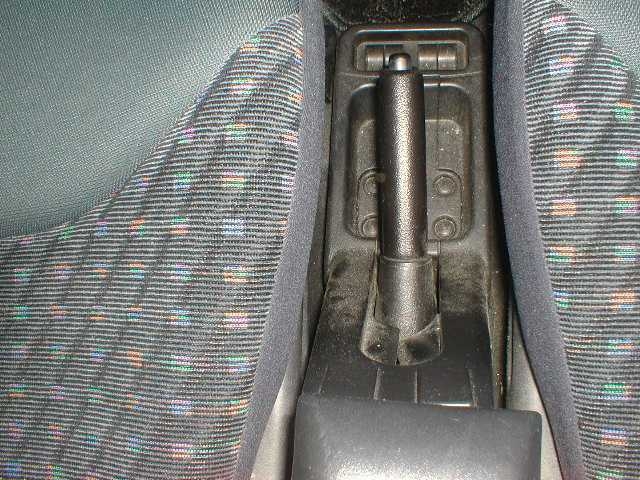
The average drum brakes that are used in the normal operation of the vehicle often double as a parking brake system. Drum brakes are composed of two metal semicircles that sit within the interior hub of a car's wheels. Holding them together is a series of hydraulic pistons. In addition to a regular linkage connecting the drum brakes to the brake pedals, an override linkage is in place. This override linkage is connected to a foot-operated emergency brake pedal or a hand-operated lever parking brake. In either case, by engaging these brakes, the hydraulic pressure is sent through the override linkage in the drums, and the pistons force the edges against the inside of the wheel hubs, immobilizing them.
Disc brakes are another design that is used both for normal operation and as a parking brake. There are three essential parts to this system: the rotor, caliper and brake pads. The rotor is a large metal disc that sits on the axle just behind each of a car's wheels and turns when the wheel turns. Likewise, the wheel stops when the rotor stops. Surrounding each of the rotors is a caliper, a metal armature that sits just far enough away from either side of each rotor to keep from touching. And on each of the calipers' prongs are brake pads. One is stationary, while the other sits on the head of a floating piston. This piston is connected to the hydraulic brakes of the vehicle and pushes forward to grab and hold the rotor in order to stop the vehicle when the brake pedal is depressed. As with drum brakes, there exists an override linkage that, when engaged by means of a pedal or lever, forces the disc brakes to deploy and immobilize the wheels of the vehicle.
Exclusive parking brake systems use disc and drum brake technology. For normal braking, discs are used. But for parking brakes, a drum brake is used. Rather than the halves of the drum sitting inside of the wheel hub, they sit against the inside of the rotor. This allows for stronger grip and a failsafe should one type of brake or the other stop functioning suddenly when on the road. Like with a drum brake, the halves of the drum are pushed outward to grab against the inside of the rotor and prevent it from moving when the parking brake is engaged via hydraulic linkage.